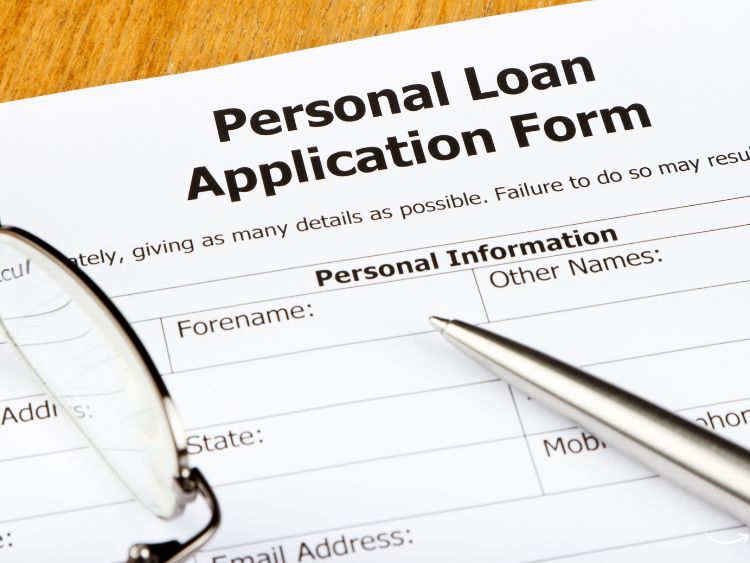The Ultimate Guide to Loan Document Signing: What You Need to Know
So, you’ve reached the point in your loan process where all that’s left is to sign the documents. But what exactly does this involve? Loan document signing may seem like a simple step, but it’s crucial to understand the process to avoid any potential pitfalls. This article will take you through everything you need to know about loan document signing, from what documents are typically involved to tips on ensuring a smooth signing experience.
What Is Loan Document Signing?
Loan document signing is the final step in the loan approval process where the borrower formally agrees to the loan’s terms and conditions by signing various legal documents. This step is essential because it legally binds the borrower to the loan agreement, making it a critical moment in the lending process.
Key Documents in Loan Document Signing
When it comes to loan document signing, there are several key documents you’ll encounter. Let’s break them down:
- Promissory Note
This is the primary document that outlines the loan amount, interest rate, repayment schedule, and other essential terms. By signing the promissory note, you’re promising to repay the loan according to the agreed-upon terms. - Deed of Trust or Mortgage
This document secures the loan with the property you’re purchasing or refinancing. It gives the lender the right to foreclose on the property if you fail to repay the loan. - Truth-in-Lending Disclosure
This disclosure provides important details about the loan, such as the annual percentage rate (APR), finance charges, and the total amount financed. It ensures that you’re fully informed about the cost of borrowing. - Loan Application
While you’ve already filled out the loan application, you may be required to sign a final version to confirm the accuracy of the information provided. - Closing Disclosure
This document details the final loan terms, including closing costs, and must be reviewed and signed by the borrower before the loan can be finalized.
The Loan Document Signing Process
The loan document signing process can vary depending on the lender and the type of loan. However, the general steps typically include:
- Reviewing the Documents
Before you sign anything, it’s crucial to review all the documents carefully. Ensure that the loan terms match what you were initially offered. If something looks off, don’t hesitate to ask questions. - Signing the Documents
Once you’re satisfied with the terms, you’ll proceed to sign the documents. This step might take place at a title company, attorney’s office, or even digitally through e-signature platforms. - Notarization
Some documents may require notarization, which involves a notary public verifying your identity and witnessing your signature. - Submitting the Signed Documents
After signing, the documents are submitted to the lender for final approval. Once approved, the loan is officially closed, and the funds are disbursed.
Tips for a Smooth Loan Document Signing
To ensure your loan document signing goes off without a hitch, keep these tips in mind:
- Double-Check the Details: Always double-check the loan amount, interest rate, and other critical details before signing.
- Ask Questions: If you’re unsure about any part of the loan agreement, ask your lender or attorney for clarification.
- Take Your Time: Don’t rush through the signing process. Take the time to read and understand each document.
- Bring Required Documents: Ensure you have all necessary identification and other required documents with you during the signing.
- Be Prepared for Notarization: If notarization is needed, bring a valid ID and be prepared for the notary’s fees.
Common Questions About Loan Document Signing
Q: Can I sign loan documents electronically?
A: Yes, many lenders now offer the option to sign loan documents electronically, making the process quicker and more convenient.
Q: What happens if I notice an error after signing?
A: If you spot an error after signing, contact your lender immediately. They may be able to correct the mistake before the loan is finalized.
Q: How long does the loan document signing process take?
A: The process can take anywhere from 30 minutes to a few hours, depending on the complexity of the loan and the number of documents involved.
Q: Do I need a lawyer for loan document signing?
A: While not always necessary, having a lawyer review your loan documents can provide an extra layer of protection, especially for complex transactions.
Q: What if I don’t agree with the terms?
A: If you don’t agree with the terms, you can negotiate with the lender or choose not to sign the documents. It’s important not to feel pressured into signing something you’re uncomfortable with.
Summary
Loan document signing is the final and crucial step in securing a loan. By understanding the process and being prepared, you can ensure a smooth signing experience. Remember to review all documents carefully, ask questions if needed, and take your time to ensure everything is in order. With the right approach, you can sign your loan documents with confidence, knowing you’re fully informed and ready to move forward.
Authoritative Links
For further reading on loan document signing, check out these resources:
- Federal Reserve’s guide on mortgage loans: www.federalreserve.gov/mortgageloans
- Consumer Financial Protection Bureau’s resources on loan signing: www.consumerfinance.gov/loansigning
- Legal advice on loan documents from Nolo: www.nolo.com/loan-document-signing
This article ensures that readers are well-informed about the loan document signing process, offering valuable insights and practical tips to make the experience as smooth as possible. By following these guidelines, you’ll be ready to handle your loan document signing with confidence.

